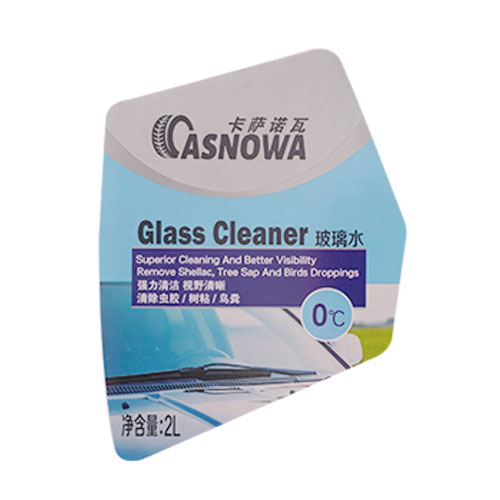The Ultimate Guide to Choosing the Right Material for Self-adhesive Labels
Self-adhesive labels are widely used in various industries for labeling products, packages, or even for promotional purposes. The success of your labeling project relies heavily on choosing the appropriate material for your self-adhesive labels. The material you select should be durable, visually appealing, and able to withstand various environmental conditions. In this guide, we will outline the key factors you need to consider when selecting the right material for your self-adhesive labels.
1. Substrate Compatibility:
The first factor to consider is the compatibility of the label material with the surface or substrate you will be applying the label to. Different materials adhere differently to different surfaces. For example, if you are labeling glass bottles, you may need a material with a stronger adhesive to ensure it sticks well. It is essential to test the compatibility of the material with your substrate before committing to a large production run.
2. Application Environment:
Consider the environment in which the labeled products will be used or stored. Will they be exposed to extreme temperatures, moisture, or UV light? Depending on the application, you may need a material that is resistant to chemicals, water, oil, or UV rays to ensure the label's longevity. For example, if your product will be placed outdoors, a material with UV resistance will prevent the label from fading or deteriorating over time.

3. Label Appearance:
The label material you choose should complement the overall design and appearance of your product and packaging. Different materials have different levels of transparency, finishes, and textures, which can greatly impact the label's visual appeal. Consider whether you want a glossy finish, a matte finish, or a textured material to create a specific look or feel. Keep in mind that certain materials may affect the readability of printed content, especially if the label will be used for product information or instructions.
4. Printing Technique:
The material you choose should be compatible with your chosen printing technique. Self-adhesive labels can be printed using various methods, such as flexography, digital printing, or screen printing. Each printing method has its own requirements regarding ink compatibility and drying time. Ensure that the material you select can withstand the printing process without smudging or causing any printing defects.
5. Label Size and Shape:
Consider the size and shape of the label you need. Certain materials may be more suitable for small labels, while others are better suited for larger labels. If you require intricate die-cut shapes or unusual label sizes, make sure the material can be easily cut or shaped without tearing or warping. Flexibility and durability are crucial factors to consider, especially when working with irregular shapes or curved surfaces.
6. Cost and Availability:
The cost and availability of the label material should also be taken into consideration. Some materials may be more expensive compared to others, impacting your overall budget. Additionally, if you have a specific timeline for your labeling project, ensure that the material you choose is readily available and can be delivered on time.
In summary, selecting the right material for your self-adhesive labels is a critical decision that can greatly impact the success of your labeling project. Consider factors such as substrate compatibility, application environment, label appearance, printing technique, label size and shape, as well as cost and availability when making your decision. By carefully evaluating these factors, you can ensure that your self-adhesive labels are durable, visually appealing, and capable of withstanding the intended application conditions.